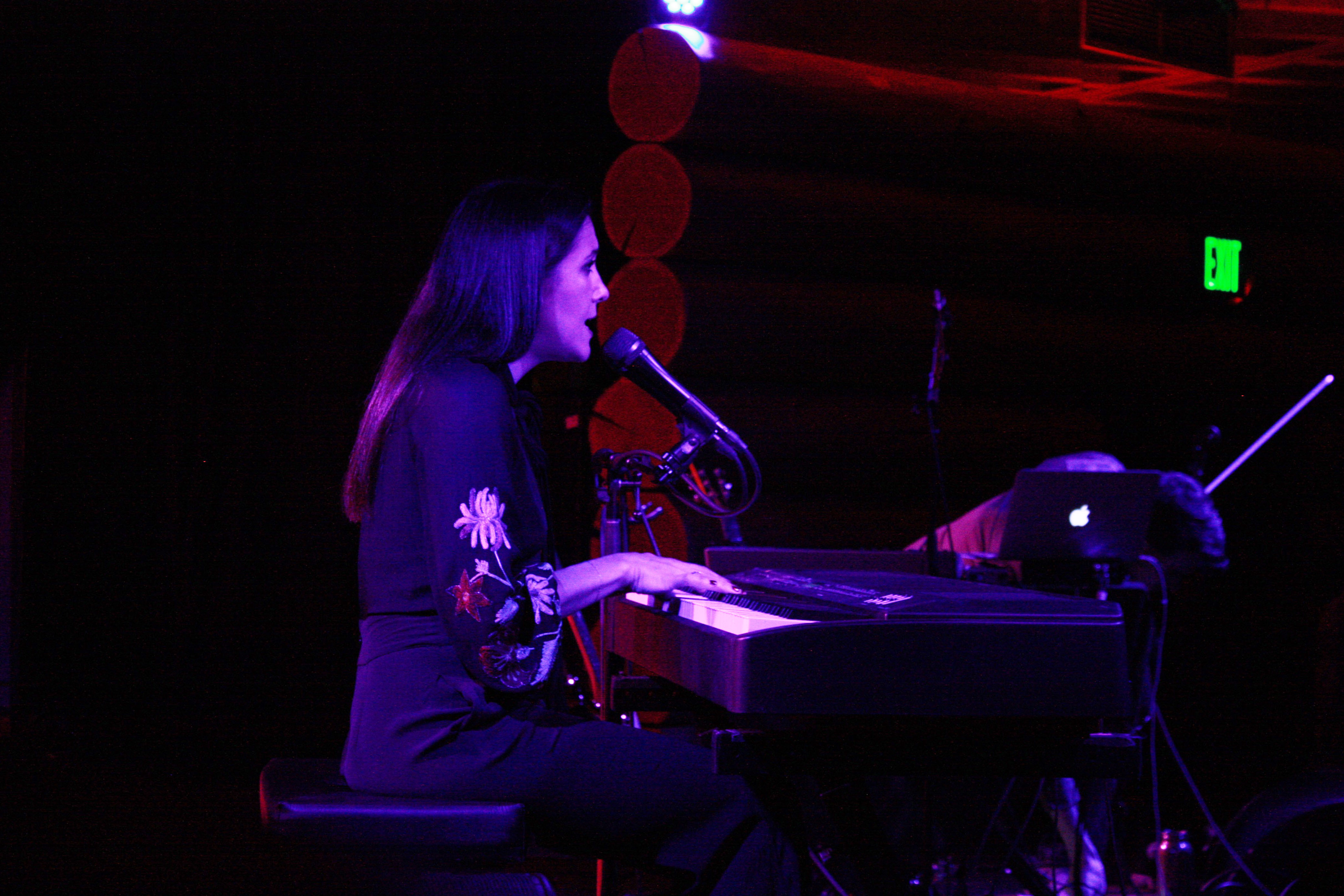The Student Rec Center provides new opportunities for students to relieve the stress of study while also expanding the space and visibility of the university’s numerous rec clubs, but there remain those who have been left in limbo between the old and new.
Tennis Club left mostly homeless
The Student Rec Center provides new opportunities for students to relieve the stress of study while also expanding the space and visibility of the university’s numerous rec clubs, but there remain those who have been left in limbo between the old and new.
The rec center, though hosting an array of new playing surfaces and equipment, lacks accommodations for tennis. With no access to tennis courts at the new facility, the Tennis Club continues to practice at the Stott Center—at the extra expense of over $700 per term.
With the transition of Campus Rec to the new building, their allocation of student fees that once paid for the operation and use of the Stott Center was transferred to the rec center. The Athletics Department now maintains operational control over the Stott Center, and must now find ways to fund and operate the building.
Rick McReynolds, athletic equipment coordinator for the Athletics Department, explained that there are three primary ways in which the Stott Center is now funded.
“We have a few things that happen: We have activity classes,” McReynolds said. “We have athletic events—team practices and our competitions. Three would be our internal rentals—club sports, any organization that wants to rent the building for something or external rentals.”
With the Stott looking to cover overhead costs without the help of student fees, the Tennis Club must pay a significant amount of money per term to practice half as much as they did before the switch. Since the transition comes in the middle of the academic year, the budget allocated to the club from the Student Fee Committee doesn’t cover the fees the club must now play to practice at the Stott.
Prior to the switch, the Tennis Club paid regular club dues that amounted to roughly $50 per year to practice, or $20 per month, according to club member Daniel Erickson. The dues covered all fees and included travel and racquet costs, and though the club has always paid to participate, the courts and their usage were formally the least of their worries.
In all, the new fees for the club amount to $756 a term or $32 an hour for two hours once a week. Add in extended staff for the hour between 7 p.m. and 8 p.m., and the price jumps to $84 a week. The prices, previously nonexistent and unconsidered by the Tennis Club’s budgeting needs, have posed difficulties for the club.
Due in large part to the increase in cost, members like Erickson have drastically cut down the amount of time they spend on the court both inside and outside of the club.
“I used to play tennis five times a week and now I play once a week,” Erickson said.
The Tennis Club falls outside the umbrella of the athletics department and must now pay fees equal to any other organization or student that wishes to use the center for extended periods of time. Sami Faile, Rec Clubs coordinator, explained that Campus Rec essentially has its hands tied due to the organization’s recent departure from the Stott.
“Prior, [the services] were free because we were in the building. Campus Recreation utilized half that building,” she said. “We were a stakeholder in that building, so they didn’t pay to use it, but now that we’re not a stakeholder in that building—that’s why we have to pay.”
For the time being, not much can be done to alleviate the costs the Tennis Club would dearly love to have reduced. In a perfect world, the Stott would remain free, but the issues of overhead costs trump the needs of student organizations at the moment.
“They wouldn’t charge students if they didn’t have too,” Faile said. “They have revenue expectations they have to meet and this is partly how they’re going to meet those expectations.”
McReynolds echoed the same sentiment, saying the issue at the moment simply comes down to overhead costs and maintaining the Stott Center.
“Does it make sense for us to have somebody [around] to keep the men’s and women locker rooms open for two to four people playing tennis when we don’t have rec basketball going on or other activities going on? It just seems like it’s a lot of money,” McReynolds said.
There is a light at the end of the tunnel: With the transition still new, both Faile and McReynolds emphasized that the policies are not permanent and may change as time goes on.
“It’s not the end of the world and we’ll get through it. It’s a little bit of growing pains,” Faile said.
McReynolds agrees the issue is not closed.
“Is this all set in stone? No. We’re just kind of feeling it out ourselves,” he said.




